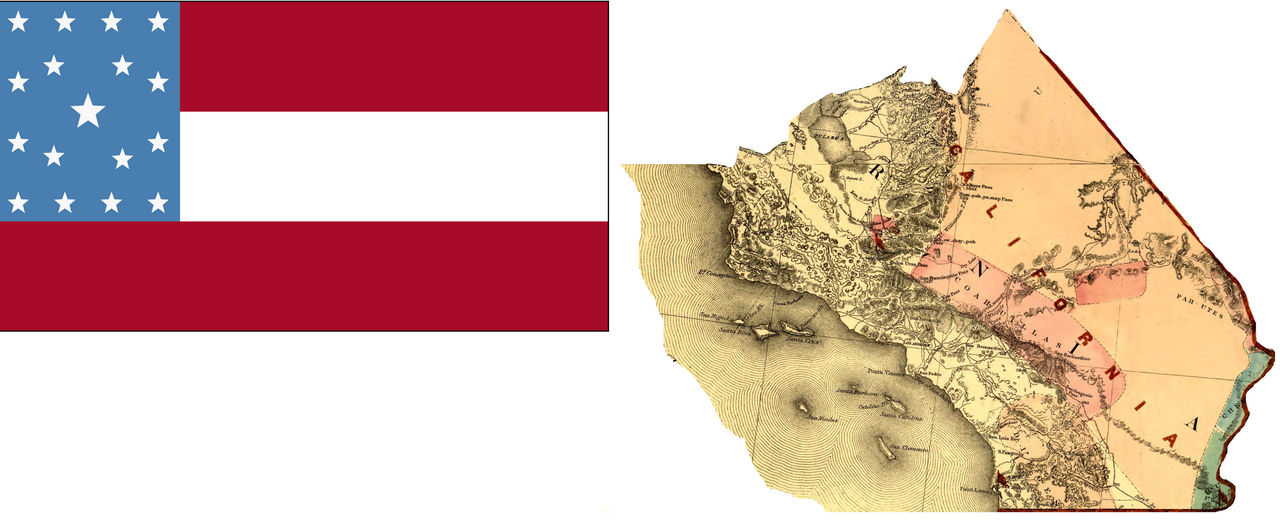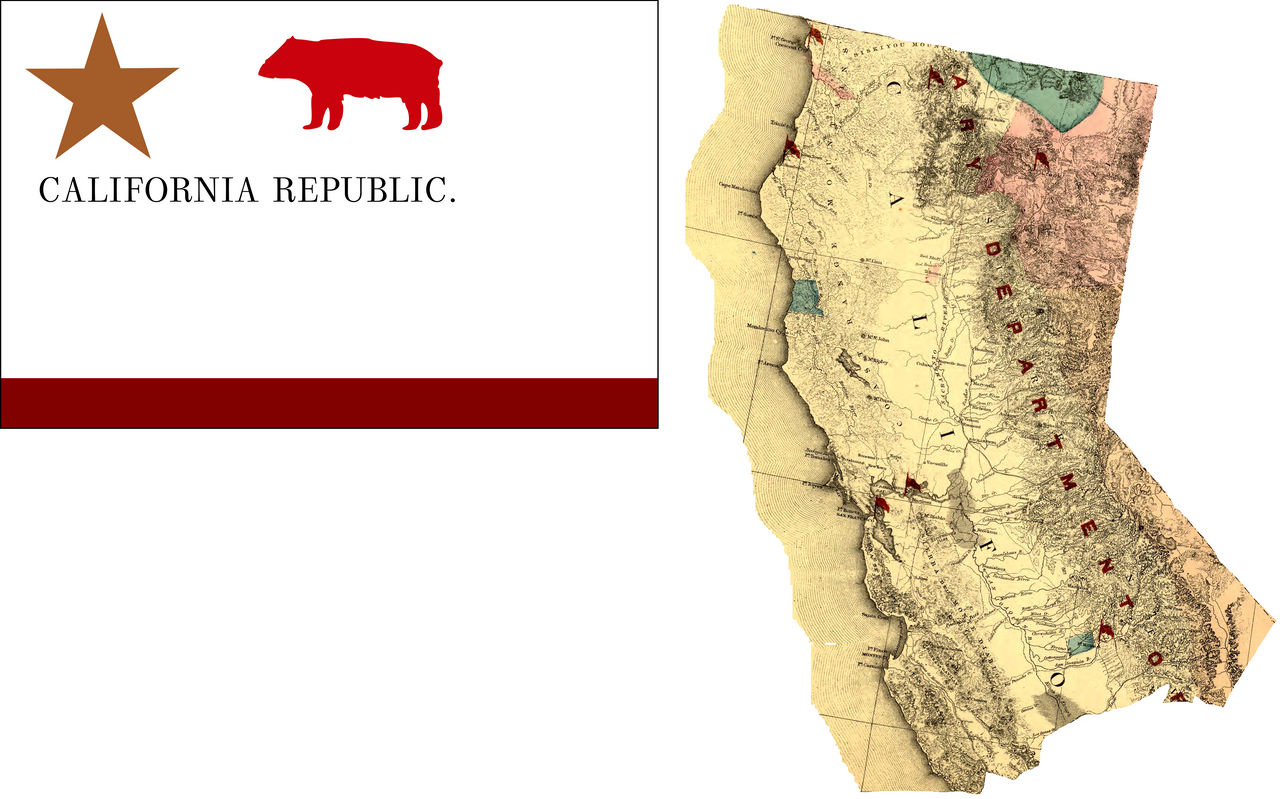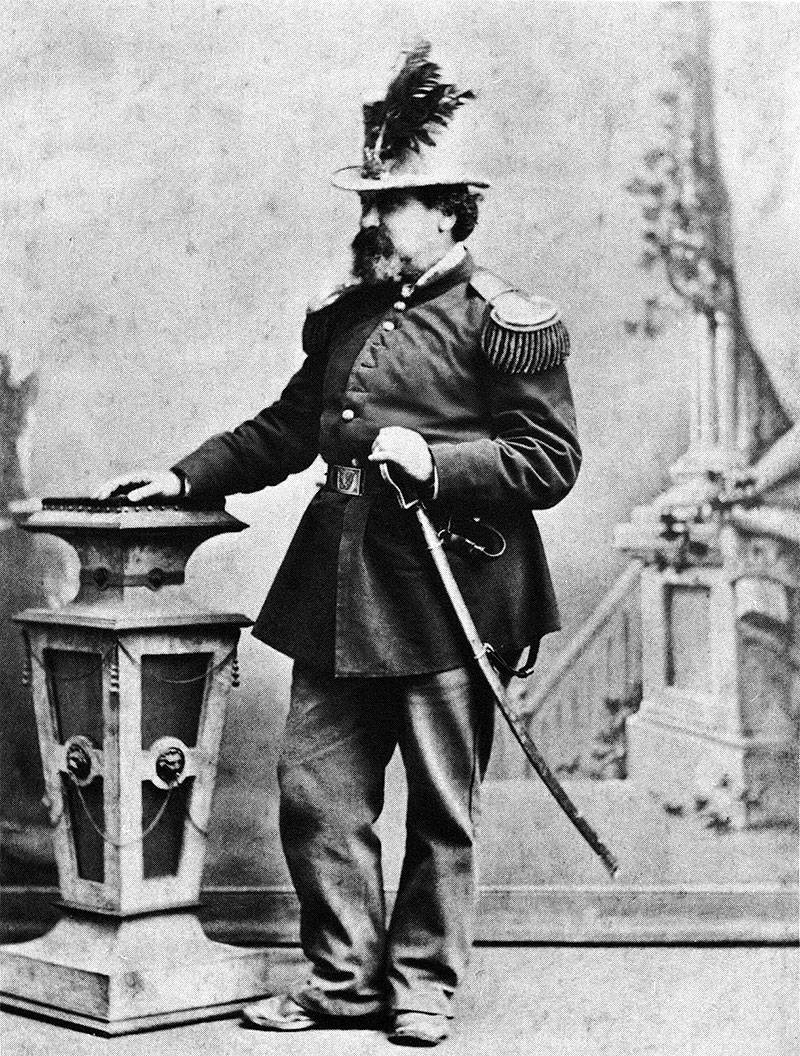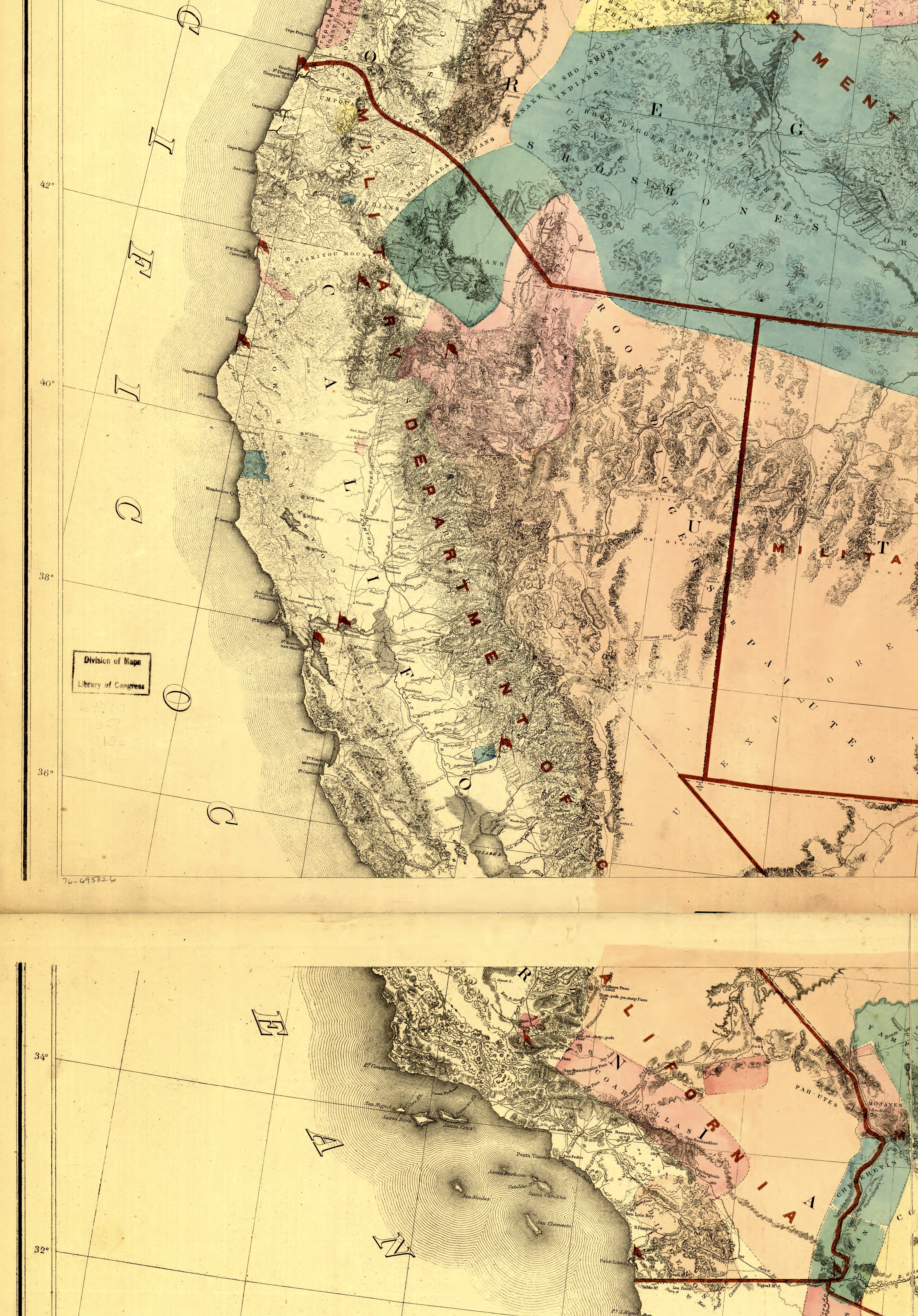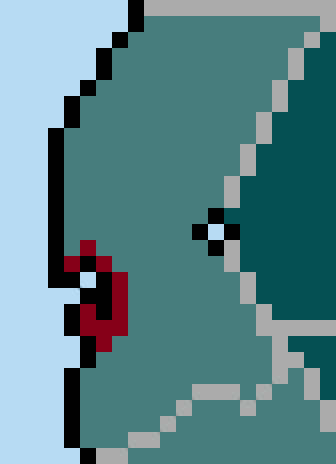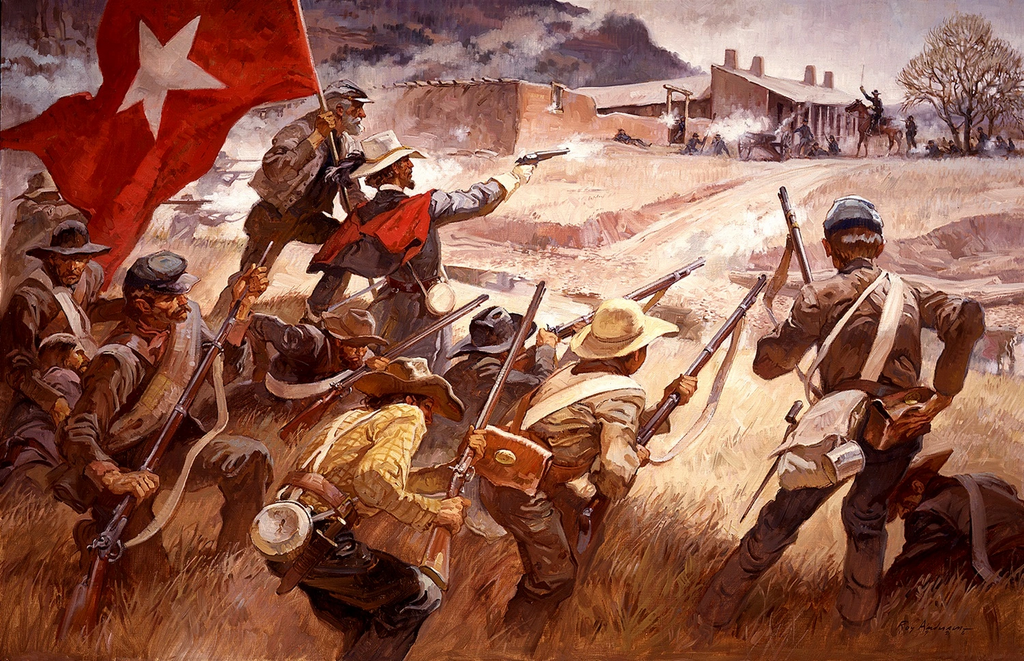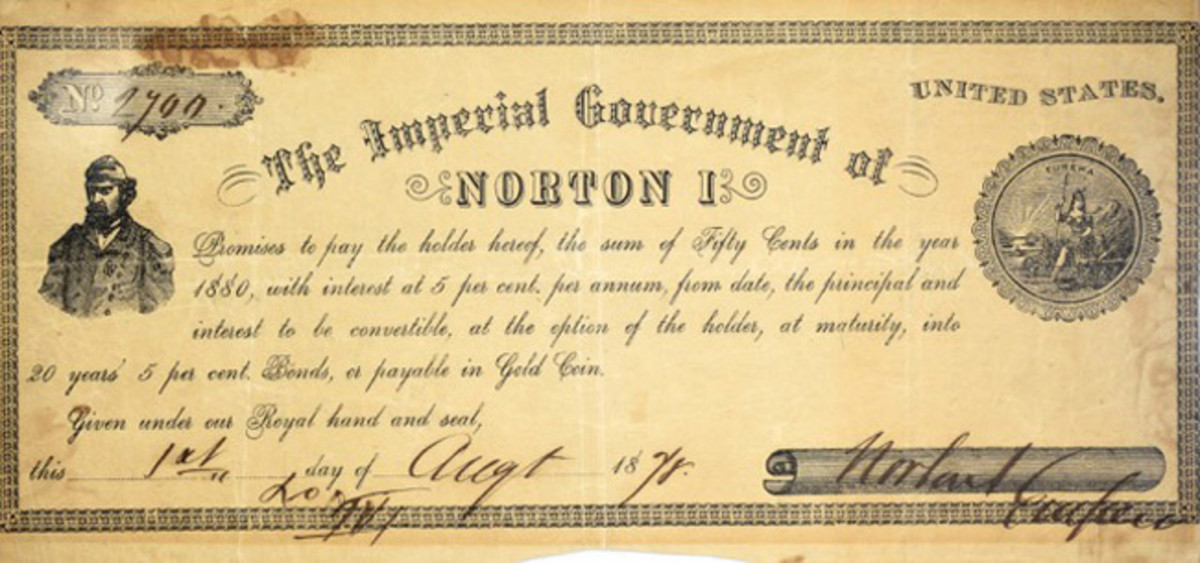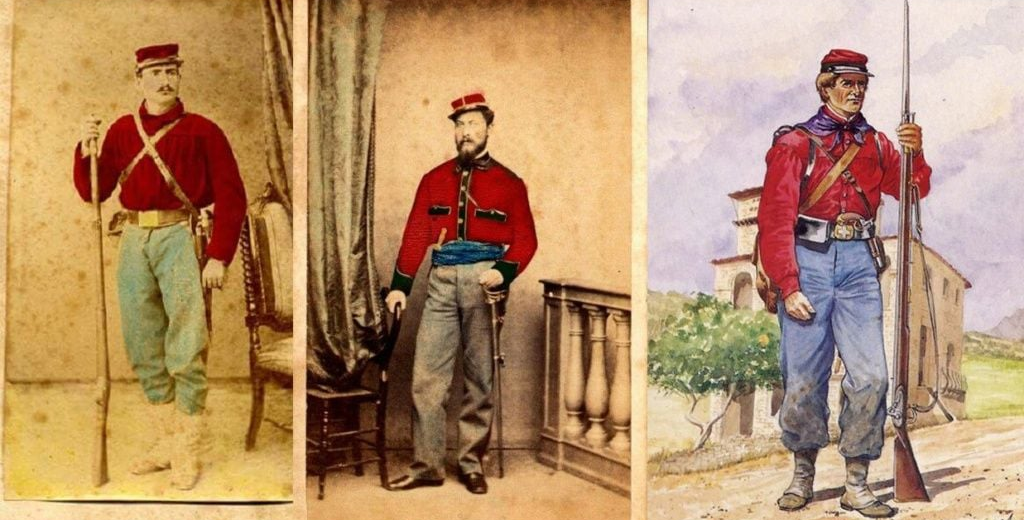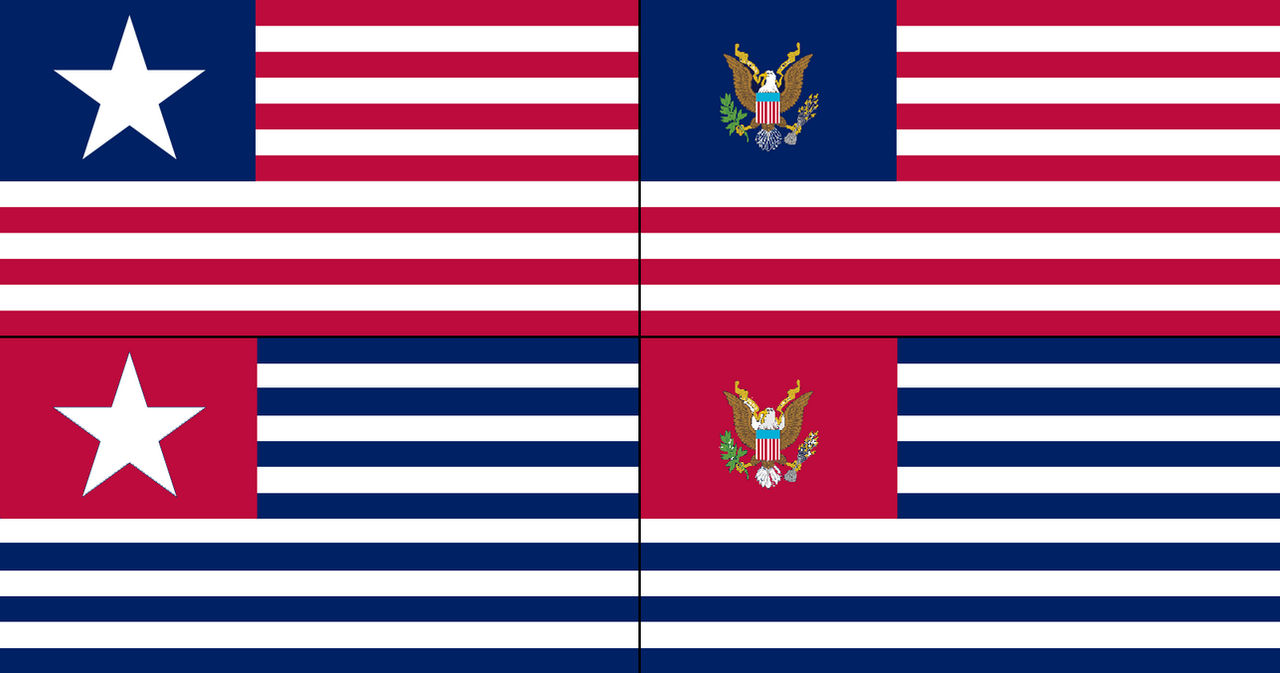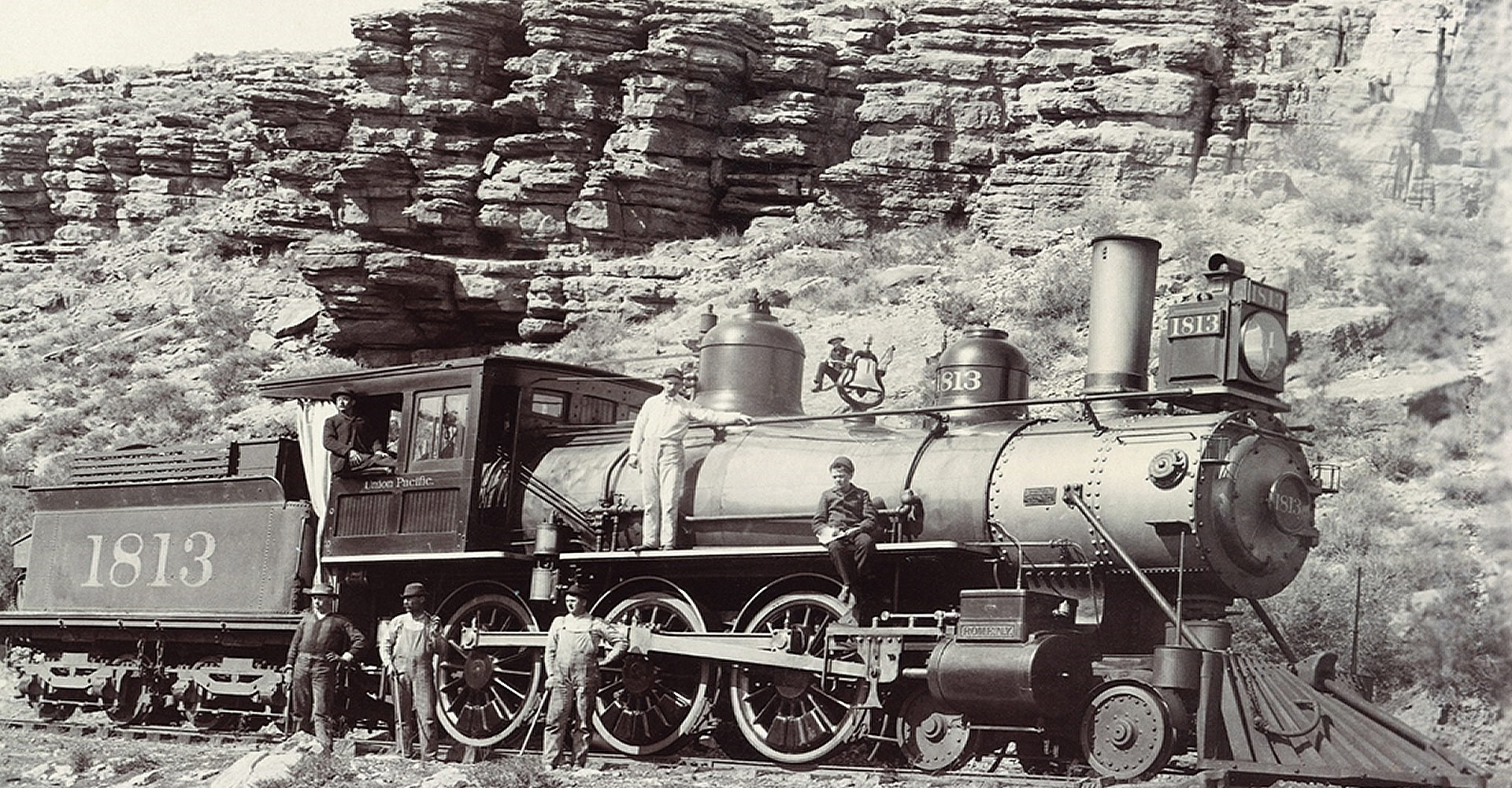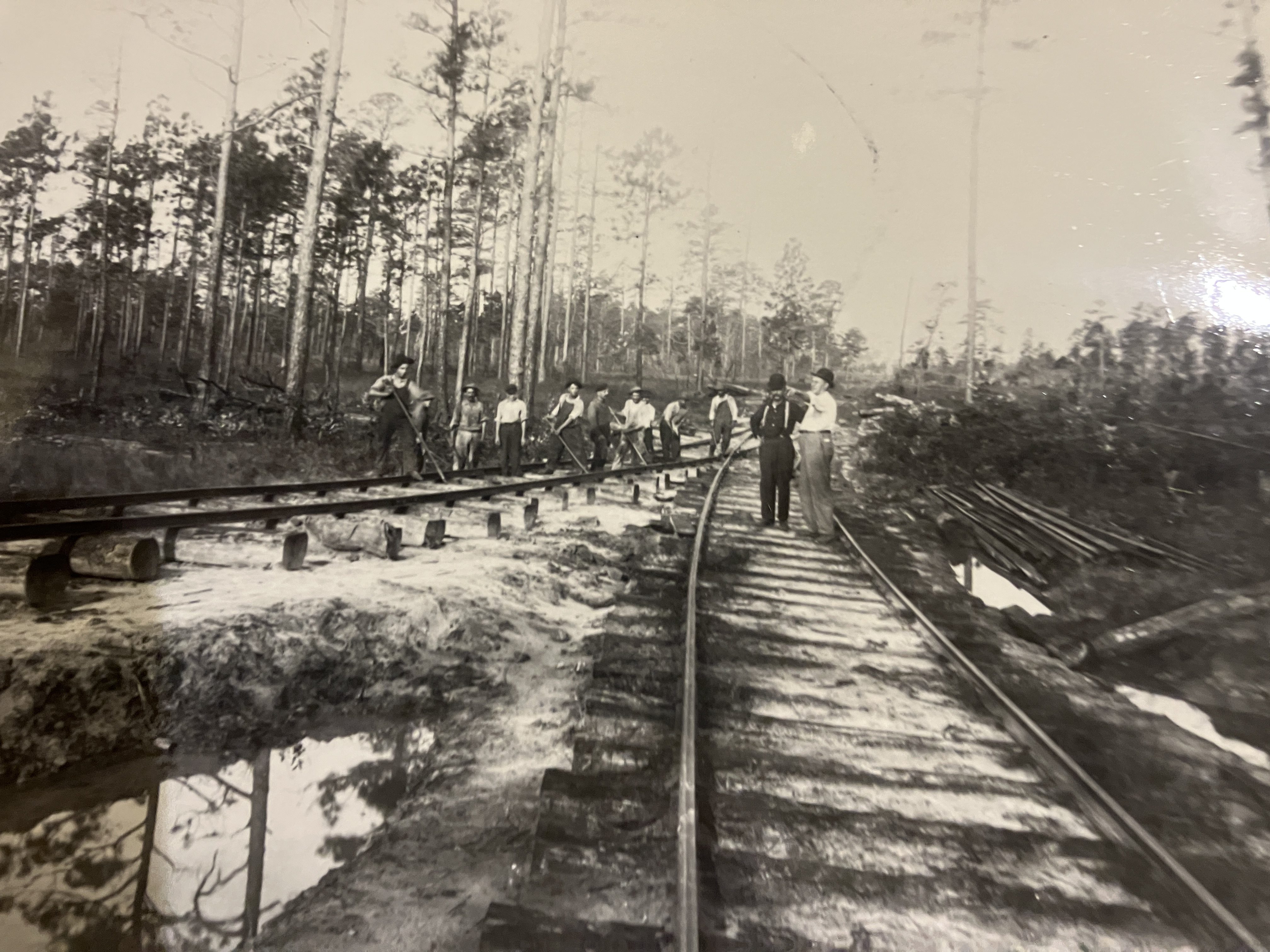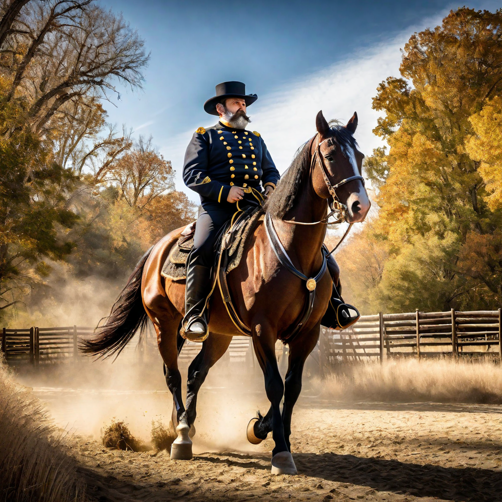Chapter One: Two State Solution and Pacific Coast Dissatisfaction
Chapter One: Two State Solution and Pacific Coast Dissatisfaction
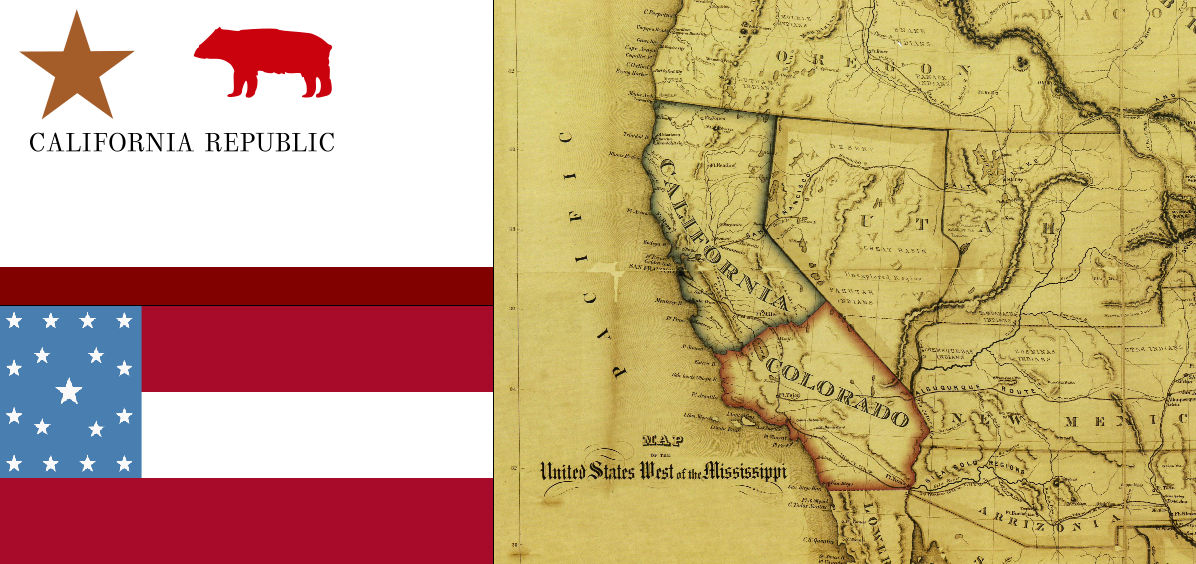
With communications and travel restricted between the Pacific West Coast and the Atlantic East Coast with the capital of Washington ideas of a separate West Coast Republic, a Pacific Republic dated back as far as Jefferson. When the Constitutional Convention of California tried to press if trough as a Free State between 1849 and 1850, earlier ideas, like the Missouri Compromise, played a factor, while the Wilmot Proviso of 1946 supported the idea that slavery would be prohibited in territories conquered from Mexico since Texas joined as a Slave State in 1845. The addition of Wisconsin and Minnesota in 1848 changed the balance of Slave States to Fee States in favor of the North and so the admission of the Republic of California and it’s constitutional convention, pushed trough by Northerners because of it’s population of 93,500, not counting 150,000 Indigenous Californian Indians as well as with it’s immense gold mining, shipping and commercial elites in San Francisco playing their cards right, was seen as enough, as a new state needed at least a population of 60,000. Southerners however opposed this and rallied to the state, aided immensely by the 25,000 Spanish Speaking Mexicans Californios, many of which were former land owners who had lost their previous dominant position and now hoped that with plantations and slavery, some of that might return. The additional 2,500 African Americans and 600 Chinese (soon growing to 25,000 Chinese immigrants) however were mostly ignored. Former Mexican Land Owners, Slave Owners and overall Southerners quickly opposed overall Californian Republic acceptance as a Free State and in the 1856 presidential election, with Democrat James Buchanan winning, the Californian Candidate John Fremont and the New York Know-Nothing candidate Millard Fillmore gained even together not as many votes, as Buchman alone in California. Plans to split up the sparsely populated Southern counties as far north as Monterey, Merced, and part of Mariposa increased and would form the new State of Colorado, while the northern counties of Del Norte, Siskiyou, Modoc, Humboldt, Trinity, Shasta, Lassen, Tehama, Plumas, and portions of Butte, Colusa and Mendocino would become the State of Shasta.

Main reasons and arguments were the overall size of California territory which meant overall Congress representation seamed otherwise to small. But while it was agreed upon that the Southern Californian area region was to inaccessible, the same did not hold true for Shasta in the eyes of the delegation. The Californian Senate ultimately agreed, and in 1859, Southern Californian State Senator Andrés Pico archived the splitting off the region south of the 36th parallel north as the Territory of Colorado thanks to cultural differences and geographical distance between Northern and Southern California. Californian State Governor John B. Weller accepted the proposal, as it was approved overwhelmingly by voters in the proposed Territory of Colorado, supported in Washington by Senator Milton Latham and even by Northern Californians around the Bay Area, who felt increasingly dominated in politics by Southerners and Southern Californians (Soucals), so that it quickly passed trough all needed instances, with the Southerners and Democrats viewing Colorado as a counter to California, while the Northerners and Republicans believed to have saved all of formerly larger California from Southerner dominance and Slavery expansion. During the hotly debated and heated 1860 election, a small majority of 38,733Californians voted for Republican Nominee Abraham Lincoln, especially around the Bay area, while the previously supposed Northern Californian part once meant to become the State of Shasta, overwhelmingly supported Northern Democrat Stephen A. Douglas with 37,999 votes. Meanwhile the by now admitted State of Colorado overwhelmingly chooses the Southern Democrat John C. Breckinridge, with 33,969, while the candidate of the Constitutional Union Party, John Bell only gained 9,111along the Southern West Coast in total. Lincoln’s election triggered the Secession Crisis and would soon start the American Civil War, as any attempts to prevent the deepening of this split would fail to archive their goal. Even on the West Coast, Secessionist Movements grew stronger, but most here did not support Dixieland, or a Confederacy of States in the Americas, but actually a Pacific Republic idea, which later morphed into the Oregon and Cascadia Movement, the Californian Republic Movement and the Colorado Slave State Movement declaring for the CSA.

With communications and travel restricted between the Pacific West Coast and the Atlantic East Coast with the capital of Washington ideas of a separate West Coast Republic, a Pacific Republic dated back as far as Jefferson. When the Constitutional Convention of California tried to press if trough as a Free State between 1849 and 1850, earlier ideas, like the Missouri Compromise, played a factor, while the Wilmot Proviso of 1946 supported the idea that slavery would be prohibited in territories conquered from Mexico since Texas joined as a Slave State in 1845. The addition of Wisconsin and Minnesota in 1848 changed the balance of Slave States to Fee States in favor of the North and so the admission of the Republic of California and it’s constitutional convention, pushed trough by Northerners because of it’s population of 93,500, not counting 150,000 Indigenous Californian Indians as well as with it’s immense gold mining, shipping and commercial elites in San Francisco playing their cards right, was seen as enough, as a new state needed at least a population of 60,000. Southerners however opposed this and rallied to the state, aided immensely by the 25,000 Spanish Speaking Mexicans Californios, many of which were former land owners who had lost their previous dominant position and now hoped that with plantations and slavery, some of that might return. The additional 2,500 African Americans and 600 Chinese (soon growing to 25,000 Chinese immigrants) however were mostly ignored. Former Mexican Land Owners, Slave Owners and overall Southerners quickly opposed overall Californian Republic acceptance as a Free State and in the 1856 presidential election, with Democrat James Buchanan winning, the Californian Candidate John Fremont and the New York Know-Nothing candidate Millard Fillmore gained even together not as many votes, as Buchman alone in California. Plans to split up the sparsely populated Southern counties as far north as Monterey, Merced, and part of Mariposa increased and would form the new State of Colorado, while the northern counties of Del Norte, Siskiyou, Modoc, Humboldt, Trinity, Shasta, Lassen, Tehama, Plumas, and portions of Butte, Colusa and Mendocino would become the State of Shasta.

Main reasons and arguments were the overall size of California territory which meant overall Congress representation seamed otherwise to small. But while it was agreed upon that the Southern Californian area region was to inaccessible, the same did not hold true for Shasta in the eyes of the delegation. The Californian Senate ultimately agreed, and in 1859, Southern Californian State Senator Andrés Pico archived the splitting off the region south of the 36th parallel north as the Territory of Colorado thanks to cultural differences and geographical distance between Northern and Southern California. Californian State Governor John B. Weller accepted the proposal, as it was approved overwhelmingly by voters in the proposed Territory of Colorado, supported in Washington by Senator Milton Latham and even by Northern Californians around the Bay Area, who felt increasingly dominated in politics by Southerners and Southern Californians (Soucals), so that it quickly passed trough all needed instances, with the Southerners and Democrats viewing Colorado as a counter to California, while the Northerners and Republicans believed to have saved all of formerly larger California from Southerner dominance and Slavery expansion. During the hotly debated and heated 1860 election, a small majority of 38,733Californians voted for Republican Nominee Abraham Lincoln, especially around the Bay area, while the previously supposed Northern Californian part once meant to become the State of Shasta, overwhelmingly supported Northern Democrat Stephen A. Douglas with 37,999 votes. Meanwhile the by now admitted State of Colorado overwhelmingly chooses the Southern Democrat John C. Breckinridge, with 33,969, while the candidate of the Constitutional Union Party, John Bell only gained 9,111along the Southern West Coast in total. Lincoln’s election triggered the Secession Crisis and would soon start the American Civil War, as any attempts to prevent the deepening of this split would fail to archive their goal. Even on the West Coast, Secessionist Movements grew stronger, but most here did not support Dixieland, or a Confederacy of States in the Americas, but actually a Pacific Republic idea, which later morphed into the Oregon and Cascadia Movement, the Californian Republic Movement and the Colorado Slave State Movement declaring for the CSA.
Last edited:
